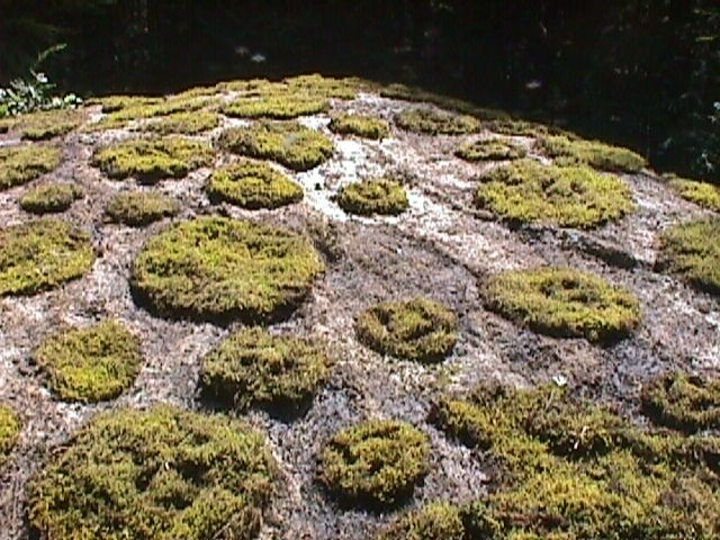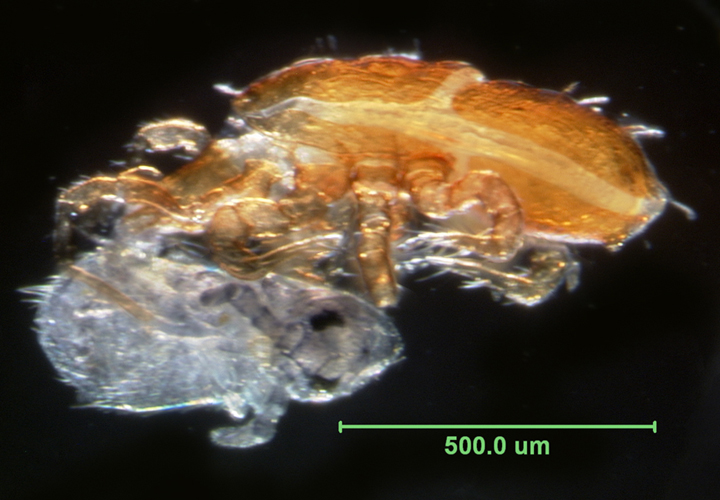 |
|||||
| |
|
|
|
|
|
| |
|
|
In 1999 Holt et al. proposed that higher trophic-level species in specialized trophic food webs should exhibit a stronger relationship to area than lower trophic level species. This hypothesis is based on the conclusion that higher trophic level species are dependant not only on their own spatial dynamics, but also those of their prey. This is because successful colonization of an area requires the ability to disperse to the area, plus the presence of a food source having already colonized the area. Consequentially the effect of area may become amplified as one moves up the food web (ie with increases in trophic rank). This compounding of constraints due to area directly on a predator dynamics, and indirectly through their prey, should produce a stronger relationship between higher trophic level species and area.

A predatory mite eating a springtail (or collembola)
